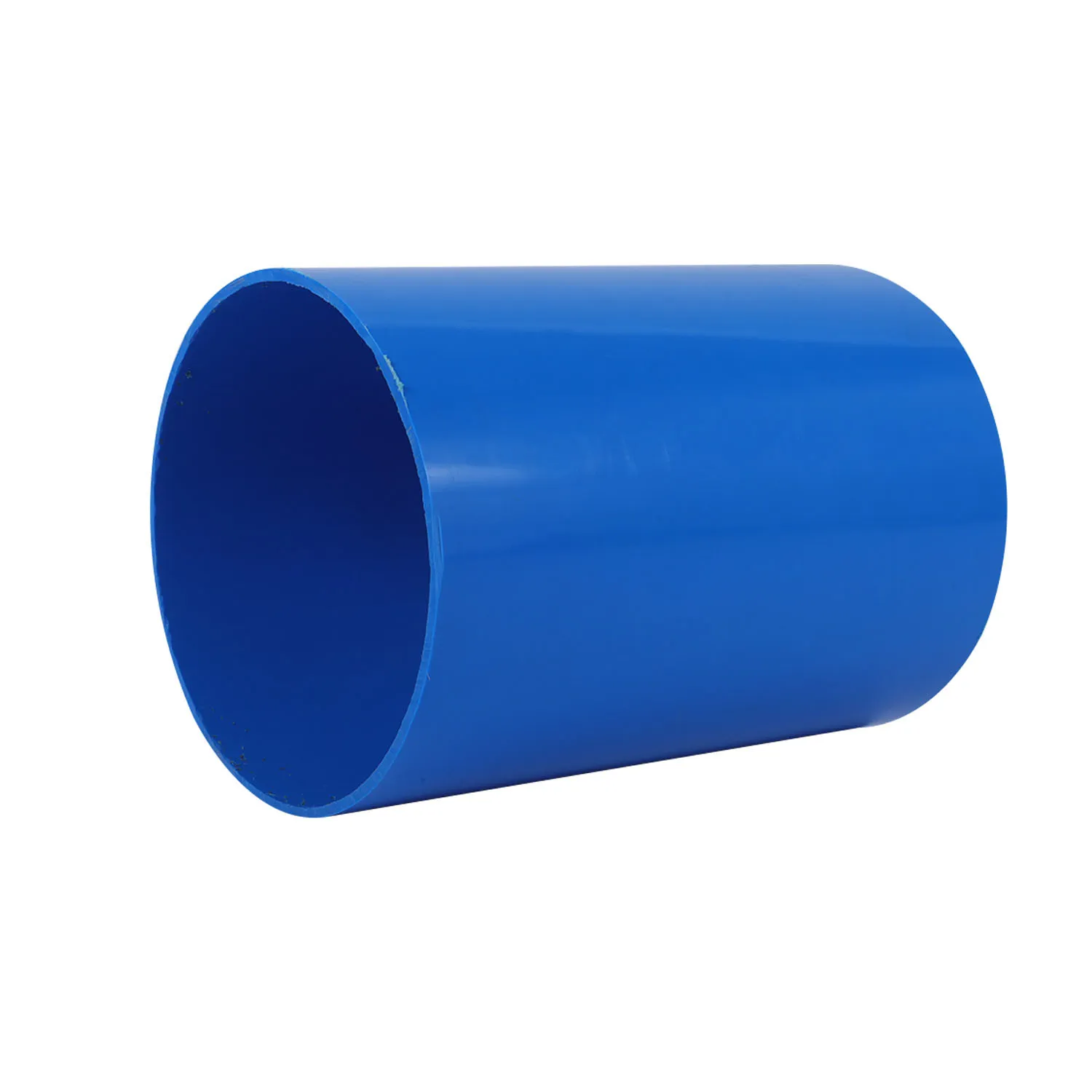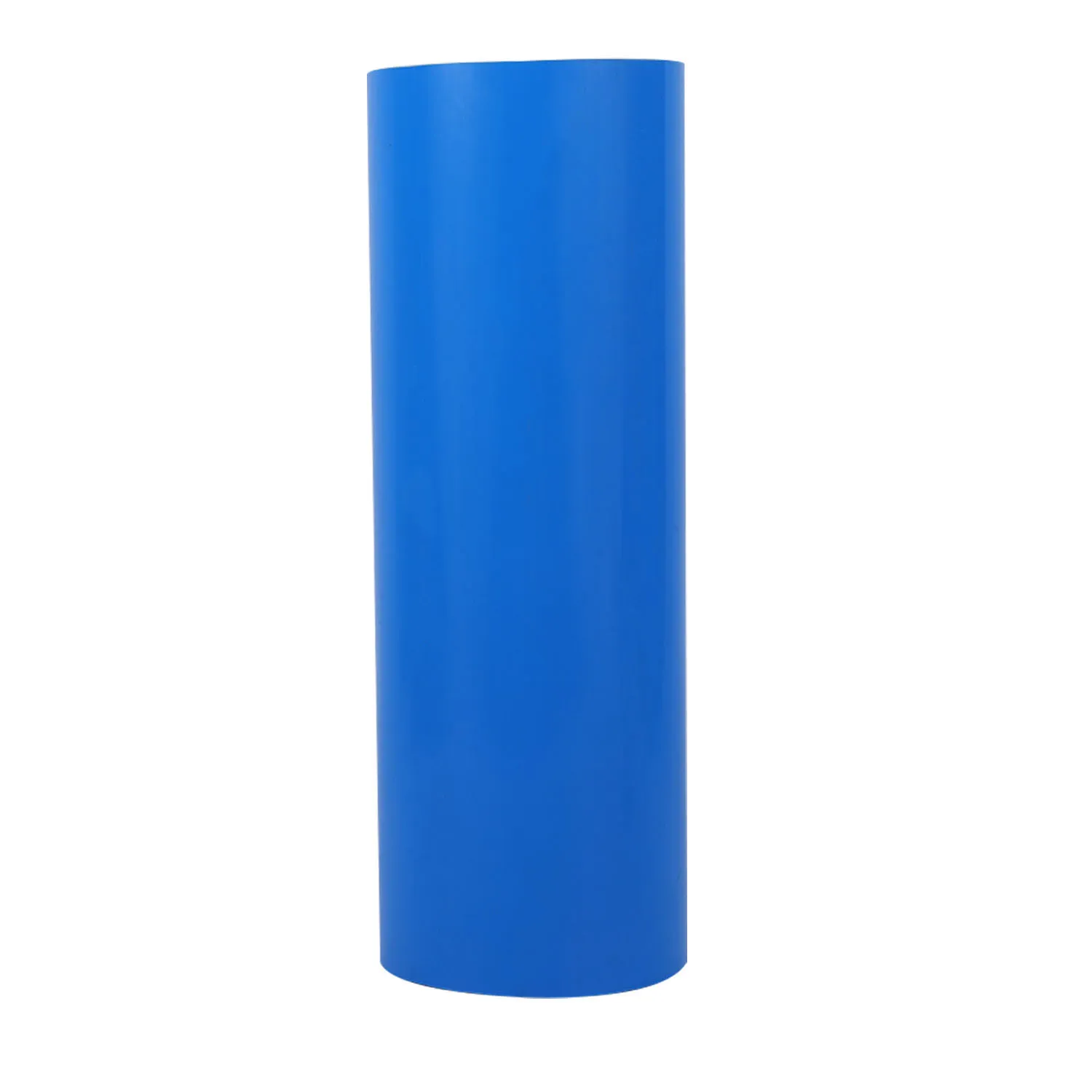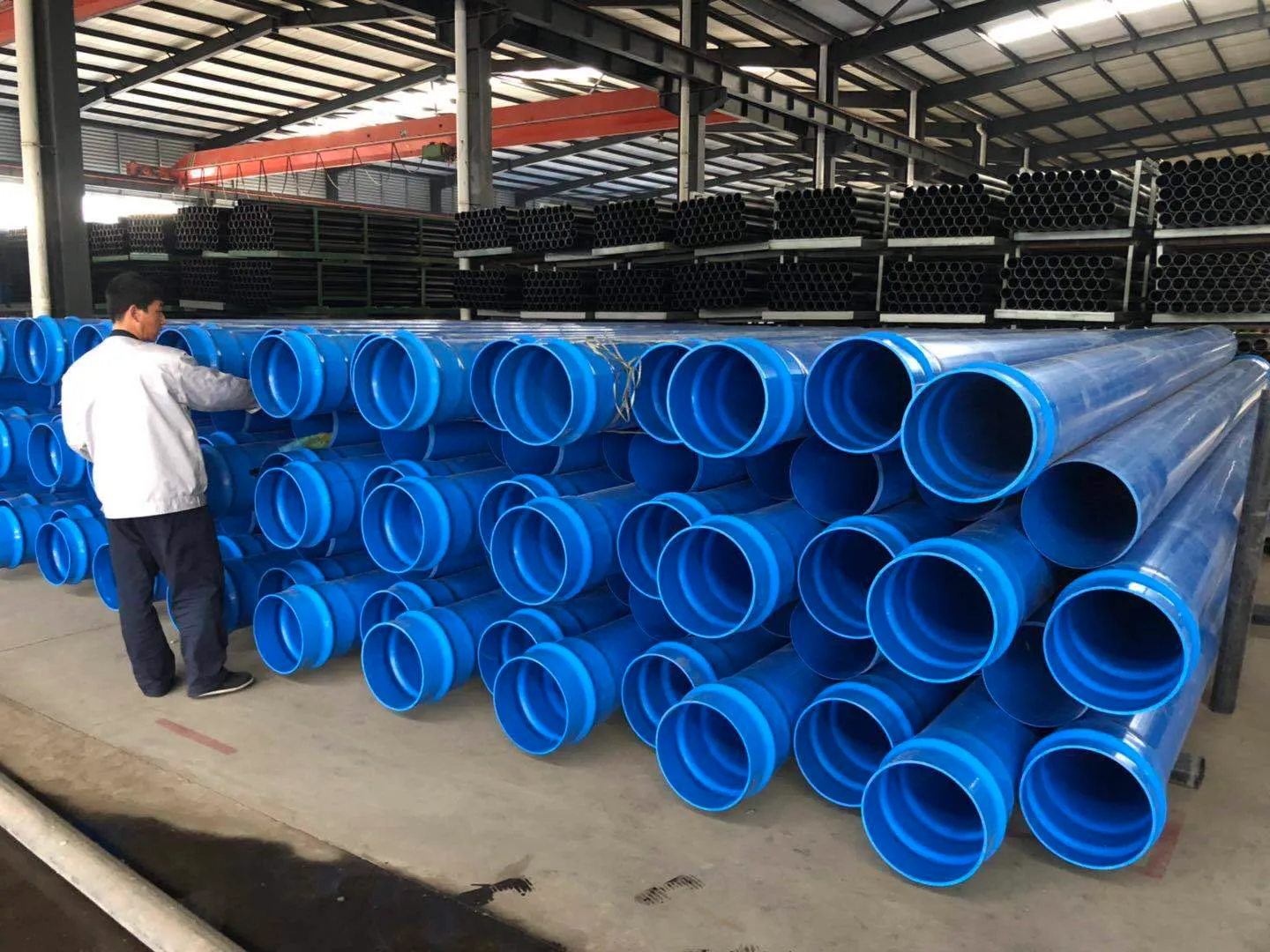Sep . 30, 2025 14:30 Back to list
PVC-O Pipe: Stronger, Lighter, Lower Loss—Why Choose It?
Why utilities keep switching to PVC-O pipe
I’ve walked enough pump rooms and trench lines to know when a material’s having its moment. And, to be honest, oriented PVC has quietly crossed from “new kid” to default spec in many water projects. Below is the insider rundown—tech, testing, real-world feedback, a couple of digressions included.

What it is (and why it’s tougher than it looks)
PVC-O pipe is biaxially oriented PVC. The base PVC-U is extruded, then stretched axially and radially so long-chain molecules align. That orientation boosts hoop strength and impact resistance without adding weight. Net result: thin wall, high pressure, lighter logistics. Many customers say installation feels “weirdly easy” for the pressure class.
Process flow and quality checkpoints
- Materials: high-grade PVC resin + stabilizers; elastomeric seals per EN 681-1.
- Methods: extrusion (PVC-U), online biaxial orientation, cooling, socketing, 100% visual inspection.
- Testing standards: hydrostatic strength (ISO 1167), long-term extrapolation (ISO 9080), impact resistance (ISO 3127), dimensions (ISO 16422 / EN 17176), burst/rapid rupture (ASTM D1599 in some labs), potable water approvals where applicable.
- Service life: designed for ≥50 years; in practice, many water boards target 100-year asset life when properly installed and operated within temperature/pressure limits.

Where it’s being used
- Potable water trunk mains and distribution (Hazen–Williams C ≈ 150 helps cut pumping energy).
- Irrigation schemes and retrofit of aging AC/DI lines (lightweight, fewer joints).
- Industrial water, fire mains, and reclaimed water. Note: check chemical compatibility; keep sustained service typically under 45 °C.
One Midwest utility I spoke with swapped a corroded steel segment for PVC-O pipe PN16 and saw ≈10–15% pump kWh reduction at the same duty—mostly from smoother bore and lower minor losses. Small changes, big energy bills saved.

Product specifications (typical)
| Parameter | Typical value (≈; real-world use may vary) |
|---|---|
| Standards | ISO 16422, EN 17176, AWWA C909 |
| Diameter range | DN110–DN630 (others on request) |
| Pressure ratings | PN12.5 / PN16 / PN20 / PN25 |
| Lengths | 6 m or 12 m; custom lengths possible |
| Joint type | Socket with EPDM ring (EN 681-1) |
| Hydraulic roughness | k ≈ 0.0015 mm; C ≈ 150 |
| Color options | Blue, gray, purple (reclaimed), other RAL by request |
| Temperature window | 0–45 °C continuous; de-rate pressure above ≈25–30 °C |
Customization and compliance
From wall series to gasket brands, utilities increasingly ask for bespoke markings, traceability (QR/heat number), and pipe strings cut for trenchless pulls. PVC-O pipe is friendly to that—within standard limits. Certifications commonly requested: ISO 9001, ISO 14001, and potable approvals (region-specific).

Vendor snapshot (what buyers compare)
| Vendor | Standards & QA | Lead time | Customization | Notes |
|---|---|---|---|---|
| Baoding Lida Plastic (Origin: No.316 Pingan West Street, Shunping County, Baoding City, Hebei, China 072250) | ISO 16422/EN 17176/AWWA C909; in-house hydrostatic & impact lab; ISO 9001/14001 | ≈2–5 weeks depending on DN/PN | Colors, lengths, markings, gasket brands | Strong on water and irrigation projects |
| Vendor A (regional) | Meets local potable approvals; ISO 9001 | ≈3–6 weeks | Limited colors; standard lengths | Good for small batches |
| Vendor B (export-focused) | EN 17176 focus; third-party test reports | ≈4–8 weeks incl. shipping | Wide DN range; custom packing | Check gasket origins and ring hardness |
Field feedback and a quick sanity check
Installers like the weight savings; supervisors like the pressure headroom. Impact resistance during handling is a big win. The caveat—like any thermoplastic—watch temperature and sunlight during storage, use proper deburring, and follow hydrotest protocols (step-test per standard) to avoid misleading failures.
Citations
- ISO 16422: Pipes and joints made of oriented unplasticized PVC (PVC-O) — Specifications.
- EN 17176: Plastic piping systems for water supply and pressurized drainage — PVC-O.
- AWWA C909: Molecularly Oriented PVC Pressure Pipe and Fabricated Fittings.
- ISO 1167: Thermoplastics pipes — Resistance to internal pressure — Test method.
- ISO 9080 and ISO 3127: Long-term hydrostatic strength and impact resistance methods.
-
Comprehensive Guide to HDPE Sewer Pipes: Benefits, Applications & Innovations
NewsNov.25,2025
-
Comprehensive Guide To HDPE Pipes and Fittings | Durable & Sustainable Solutions
NewsNov.24,2025
-
HDPE Culvert Pipe – Durable, Flexible & Sustainable Infrastructure Solutions
NewsNov.24,2025
-
DWC HDPE Pipe – Durable, Cost-Effective Drainage and Conduit Solutions
NewsNov.23,2025
-
HDPE Drainage Pipe – Durable and Sustainable Water Management Solutions
NewsNov.23,2025
-
Durable and Sustainable HDPE Corrugated Pipe Solutions for Modern Infrastructure
NewsNov.23,2025

